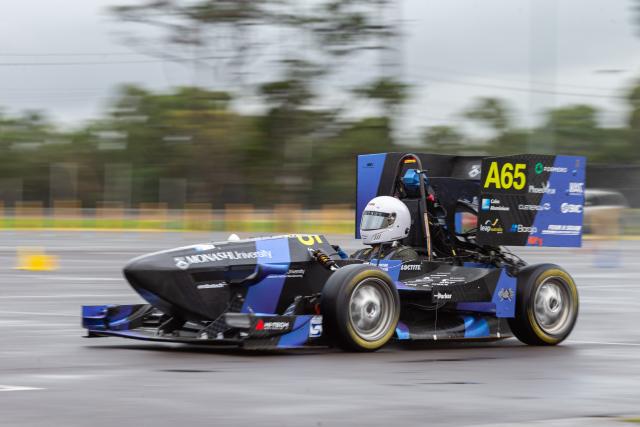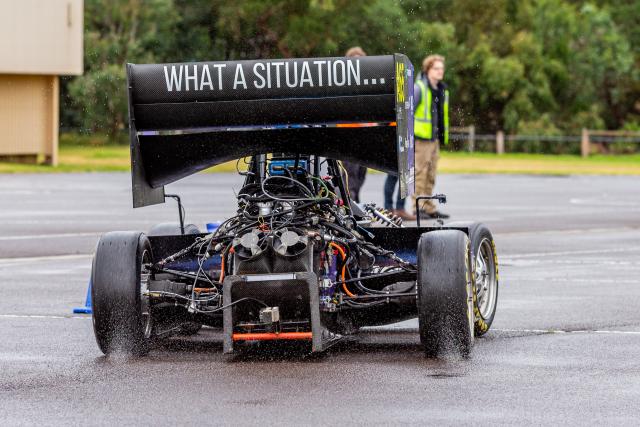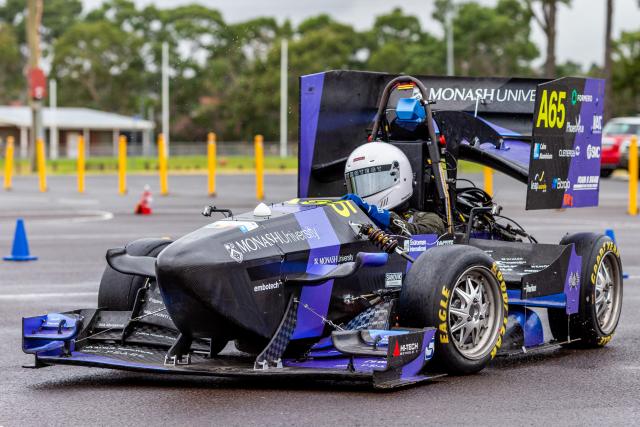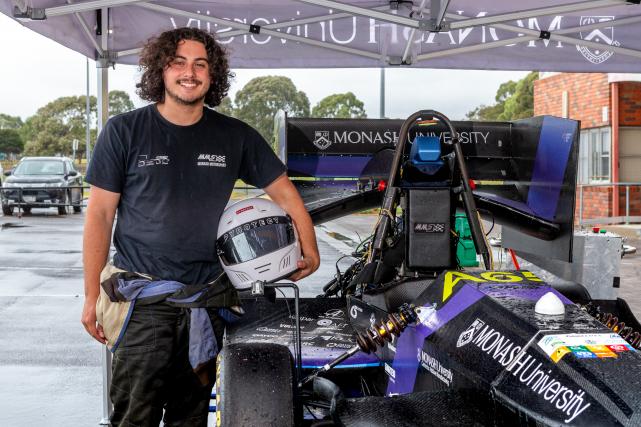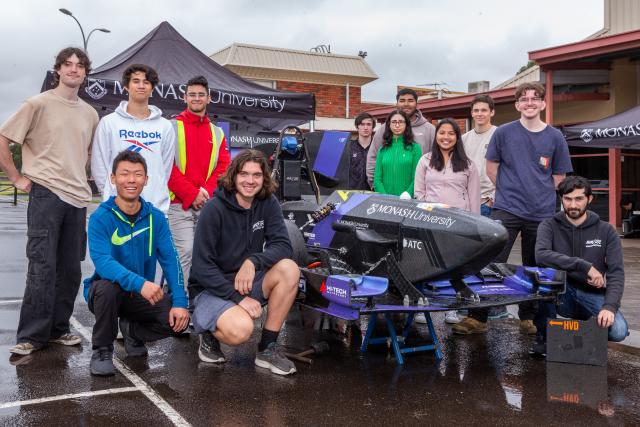
By Cam Lucadou-Wells
Fast cars are not unheard of on Dandenong roads, but what about driverless racing?
Three days a week, Greaves Reserve is the preferred testing ground for Monash Motorsport and its incredible driverless, all-electric, 4WD vehicle.
In its 24th year, the Monash University-based team of 120 students has developed the country’s first driverless car for Formula SAE competition in Europe this winter.
They’re now in the phase of refining the car – named the M23.
It is customised for low-speed circuits with tight corners and short straights.
For that reason, the M23’s top speed is capped at 115km/h but accelerates 0-100km/h in a blazing three seconds.
“The goal of making it faster is getting more out of the tyres,” says the team’s mechanical chief technical officer Josh Fromberg.
That’s done by tweaking the mechanical set-up, such as the electric powertrain and the wheels’ camber-and-toe.
And by refining the self-driving algorithms that include choosing the car’s optimal racing line.
Among the M23’s other high-tech features are four independent motors – one on each wheel.
The performance benefits are better use of the tyres as well as greater independent control over each wheel. Fromberg says.
Monash has had enviable success in Formula SAE, including a golden run between 2013-‘19.
It retired its combustion racing car as No.1 in the world in 2019, while also holding the third-ranked electric car.
Last year, its racer finished 10th after a costly electrical failure.
“It was heartbreaking. It cost us overall victory in the competition.”
Now in his final year of an engineering degree, Fromberg has been on board the team for three years.
He enjoys the “amazing feeling” of being part of a world-class team.
“It’s hands-on, it’s a cool interactive project with an amazing group of people.
“We’ve been testing here (in Greaves Reserve) for a number of years.
“It’s essentially a matter of convenience with enough space to do the testing and being close to Monash University in Clayton.”
Fromberg predicts driverless technology on Australian public roads in the not-distant future.
“Given how far Tesla and other manufacturers have gone, I think it’s very close.
“The technology is basically there. It’s a matter of when there’s consumer acceptance of it and legislation is in place.”

